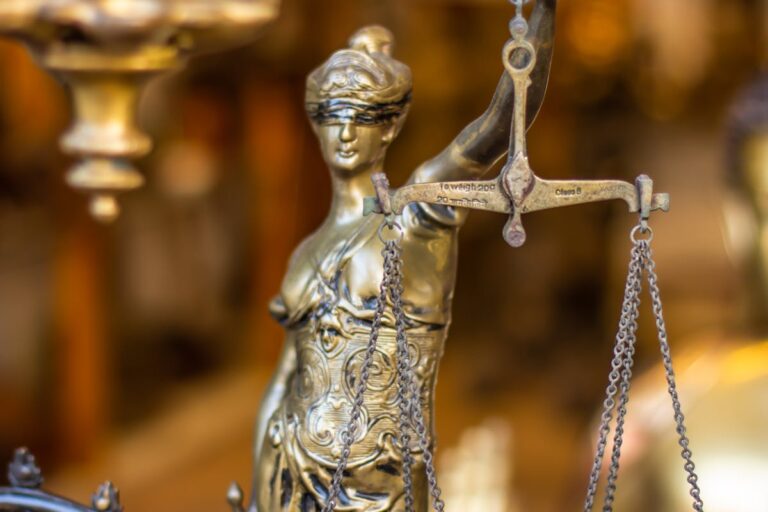Intellectual property (IP) broadly safeguards mental creations, including inventions and logos, while copyright specifically protects original creative works like books and music, preventing unauthorized use. IP encompasses various assets; copyright focuses on creative expressions. Understanding these distinctions clarifies their implications.
Understanding Intellectual Property
Intellectual property (IP) encompasses legal rights protecting creations of the mind, including inventions, artistic works, designs, and commercial symbols. Essential for businesses, IP stimulates innovation and competition, fostering economic growth. Infringement, violating these rights, threatens innovation ownership—exclusive rights to benefit from one’s creations—necessitating robust enforcement. IP rights are safeguarded through patents, trademarks, and copyrights, each tailored to specific asset types, crucial for understanding IP’s role in a modern, innovation-driven economy.
Copyrights Defined
To effectively grasp Intellectual Property, defining Copyrights is crucial. This analysis focuses on Copyrights’ core principles, differentiating it from Trademarks and other Intellectual Property areas. The goal is a concise, clear understanding of Copyrights, enhancing broader Intellectual Property knowledge.
Understanding Copyright Basics
In the realm of intellectual property, copyrights protect creators by granting exclusive rights to their original works, including literary, artistic, musical, and dramatic pieces. This protection balances creator rights and public interests, but digital advancements have escalated digital piracy, where copyrighted content is distributed without consent.
Fair Use doctrine, supporting freedom of expression, permits limited use of copyrighted material without permission for criticism, commentary, news reporting, teaching, scholarship, and research, sustaining a vital balance by allowing knowledge dissemination while respecting creators’ rights.
A deep understanding of copyright law is crucial for creators and consumers to respect intellectual property, combat digital piracy, and foster creativity. Mastery of copyright fundamentals enhances awareness of fair use boundaries, promoting responsible content consumption and sharing.
Key Features of Copyrights
Copyrights grant creators exclusive rights to their original works—books, songs, photographs, software—enabling reproduction, distribution, performance, display, or licensing. These rights extend to derivative works, adaptations of the original. Copyright infringement occurs when someone uses these rights without permission, leading to potential legal consequences. However, the Fair Use Doctrine permits limited use of copyrighted material for criticism, commentary, news reporting, teaching, scholarship, or research, balancing protection with creativity and innovation. This understanding is crucial for navigating intellectual property law effectively.
Copyrights Versus Trademarks
Understanding the distinction between copyrights and trademarks is crucial for intellectual property protection. Copyrights secure original authorial works like books, music, and art. Trademarks safeguard brand identifiers, including names, logos, and symbols, distinguishing one entity’s goods or services from another’s.
Three key distinctions are:
- Property Nature: Copyrights cover creative expressions; trademarks cover distinguishing identifiers.
- Registration Process: Trademarks require legal examination for uniqueness; copyrights do not mandate registration but it offers legal benefits.
- Infringement Consequences: Trademark infringement may lead to financial penalties and brand alteration; copyright infringement typically results in financial damages and potential criminal charges.
Key Features of Intellectual Property
Intellectual Property (IP) is a legal framework granting creators exclusive rights to their works, fostering innovation. Key characteristics include exclusivity, transferability, and originality.
IP Licensing is pivotal, allowing owners to permit usage of their IP for fees or royalties, with agreements defining scope, duration, and permitted uses.
Global IP Laws, aligned by treaties like the Berne Convention and TRIPS Agreement, ensure international IP rights protection, facilitating global respect for IP.
Primary Characteristics of Copyrights
In the realm of Intellectual Property, Copyrights specifically protect original authorship across various creative expressions. Key characteristics include:
- Duration: Copyrights extend for the author’s lifetime plus 70 years post-mortem, ensuring long-term rights protection and economic benefits.
- Infrange and Enforcement: Copyright infringement involves the unauthorized use of protected works, leading to legal actions to uphold rights and maintain work value.
- Limitations and Exceptions: Copyrights incorporate Fair Use Exceptions, permitting limited use without rights holder permission to balance creator and public interests.
Understanding these aspects is crucial for navigating copyright complexities, emphasizing the protection and respect for original works and creators’ rights.
Distinguishing Between Intellectual Property and Copyrights
Intellectual Property (IP) encompasses various creations of the mind, including inventions, designs, brand names, and artistic works. It includes copyrights, trademarks, patents, and trade secrets. Copyright, a subset of IP, specifically protects original authorial works fixed in tangible mediums, like literature and music, granting exclusive reproduction, distribution, and licensing rights. Copyright infringement involves the unauthorized use of these protected works, whereas IP theft includes the illicit use of trademarks, patents, and trade secrets. Understanding these distinctions is crucial for effective IP law navigation.
Practical Applications and Protections
Intellectual property and copyright protections safeguard creative works and innovations across disciplines. Analyzing their comparison illuminates distinct parameters and shared impacts on innovation. Real-world applications underscore their essential role in today’s dynamic technological environment.
Understanding Intellectual Property Protections
Understanding intellectual property (IP) protections empowers inventors, creators, and businesses to secure their innovations and artistic works against unauthorized use. Key legal frameworks include patents, trade secrets, and trademarks.
- Patents: Grant exclusive rights to inventors over their innovations for typically 20 years, prohibiting unauthorized manufacture, use, or sale. This exclusivity motivates further innovation by enabling inventors to monetize their creations.
- Trade Secrets: Protect formulas, designs, and confidential business information that provide a competitive advantage. These protections last indefinitely as long as the information remains undisclosed, safeguarding the business’s unique assets.
- Trademarks: Identify and distinguish a business’s goods or services through unique symbols or names, preventing others from using similar marks that could confuse consumers. Trademarks maintain the goodwill associated with the original brand.
These IP protections are crucial for strategic management and defense of intellectual property, thus stimulating innovation and economic advancement.
Copyrights in Practical Usage
Copyright law, a key aspect of intellectual property, grants exclusive rights to creators for original works in tangible mediums, preventing unauthorized reproduction or display. These rights cover various creative forms such as literature, music, and art.
Practically, copyright laws deter infringement—a serious violation involving unauthorized use of copyrighted content. Penalties for infringement vary from fines to imprisonment, based on severity and intent. Copyright holders must actively identify and address violations, often necessitating significant legal resources.
These laws also combat plagiarism, intellectual theft where one claims another’s work as their own, severely impacting professional reputation and legal status.
However, copyright laws are not absolute. The ‘fair use’ exception permits limited usage under specific conditions, fostering a balance that respects creators’ rights while promoting creativity and innovation.
Comparison of IP and Copyrights
Exploring the distinctions between intellectual property (IP) and copyrights reveals key differences in scope and protection measures.
- Intellectual Property: Broadly encompasses copyrights, patents, and trademarks, safeguarding diverse creations from inventions to logos. Offers extensive duration protection. IP infringement penalties include fines and imprisonment.
- Copyrights: Specifically guards original authorial works like books, music, and art. Prevents unauthorized reproduction, distribution, or performance. Copyright infringement risks statutory damages and possible imprisonment.
- Plagiarism Avoidance: Essential for both IP and copyrights to employ strategies such as proper citation, creating original content, or securing permissions.
Frequently Asked Questions
What Are Some Common Forms of Intellectual Property Violations?
Common intellectual property violations include trademark infringement, involving unauthorized logo use, and trade secret theft, characterized by illicit information disclosure.
How Are Copyrights Enforced Internationally?
International copyright enforcement addresses digital piracy and cross-border violations via the Berne Convention and the WIPO Copyright Treaty. These agreements require member nations to safeguard copyrighted works from other signatories.
Can Copyrights Be Transferred or Sold?
Copyrights can be transferred or sold via assignment, requiring a written agreement, termed a sale agreement, to legally modify copyright ownership.
What Is the Role of Patents in Intellectual Property?
Patents, critical in intellectual property, grant inventors exclusive rights, deter infringements, and encourage innovation. These rights enable patent licensing, promoting economic growth and technological progress.
Does a Copyright Protect the Ideas or the Expression of the Ideas?
Copyright law protects the expression of ideas, not the ideas themselves, ensuring original creators maintain ownership over their unique expressions while allowing for the independent development of similar concepts.


